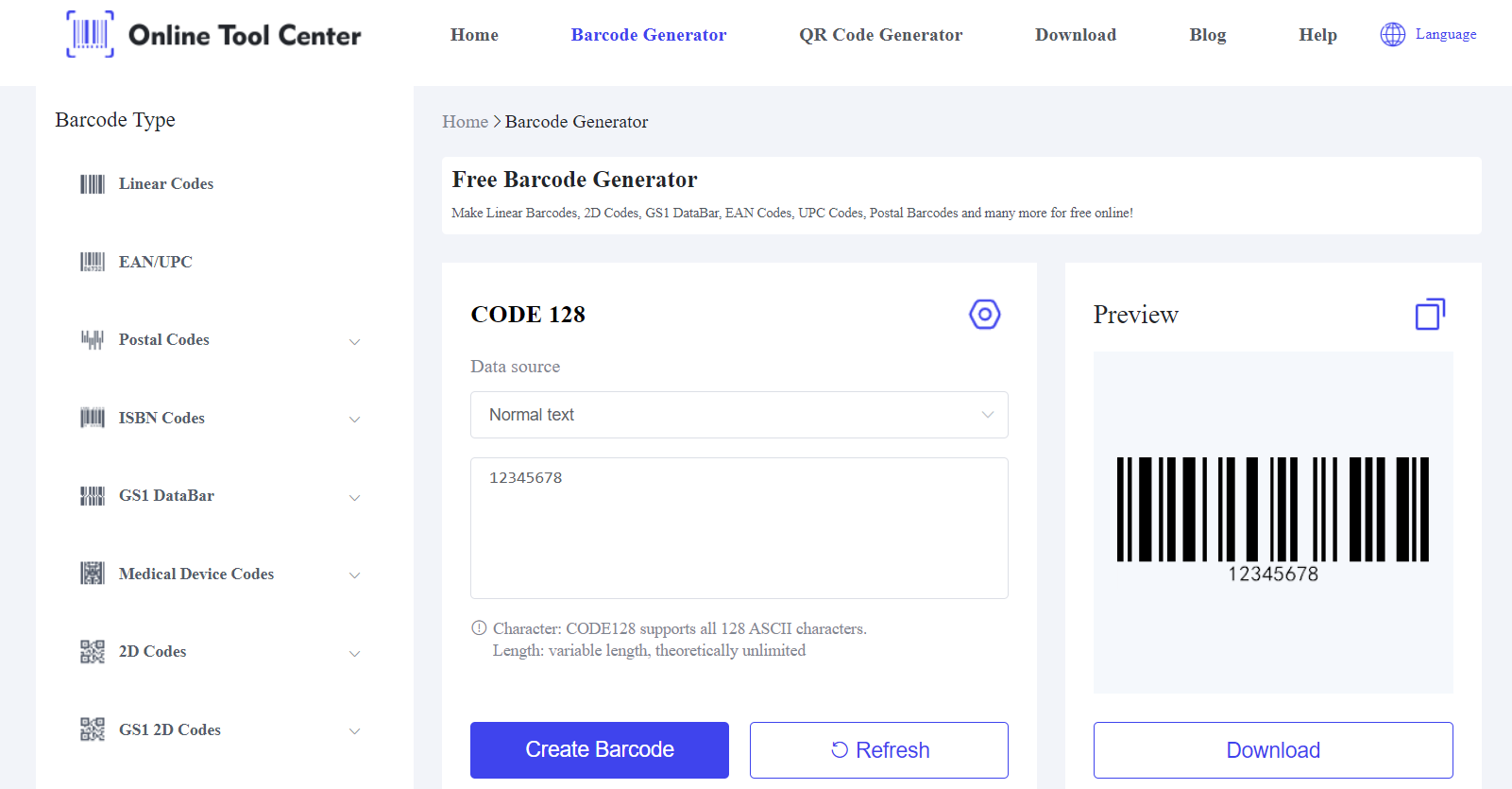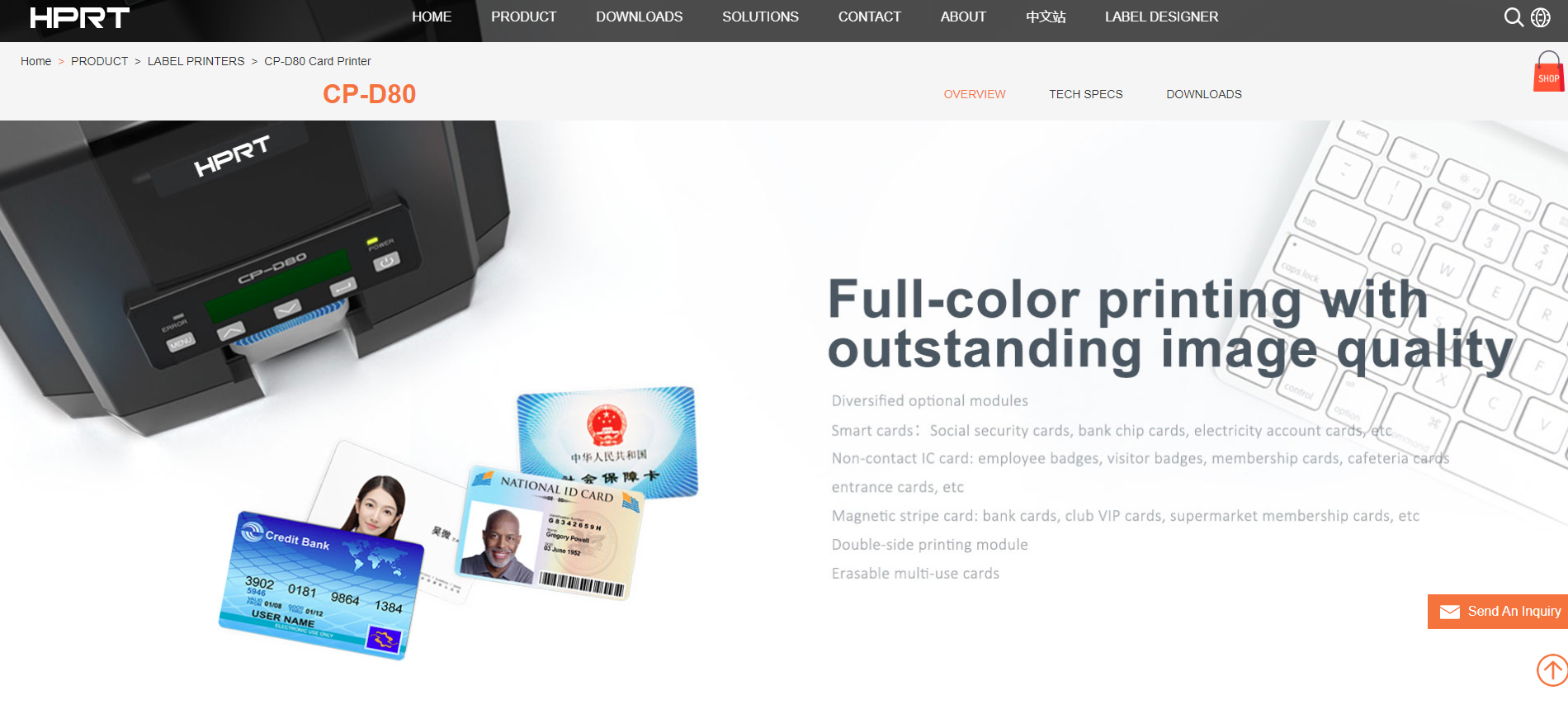Barcode cards have become a cornerstone in many industries, providing an efficient method for identification, access control, and data management.
Their widespread use in sectors such as retail, healthcare, and security underscores their importance in modern business operations.
This article offers an in-depth look at barcode cards, detailing their types, applications, and best practices for creating and using them effectively.
A barcode card is a physical card embedded with a barcode, a machine-readable code that contains information related to the cardholder or associated entity.
These cards play a crucial role in various operations, from streamlining customer interactions to enhancing security measures.
What is a Barcode Card?
At its core, a barcode card is designed to store and convey information through a printed barcode. When scanned, the barcode transmits data to a system, enabling quick identification or tracking.
Commonly found in membership programs, healthcare, and security systems, barcode cards are valued for their reliability, cost-effectiveness, and ease of use.
Types of Barcode Cards
1. Linear Barcode Cards (1D)
Linear barcode cards utilize 1D barcodes, which are composed of parallel lines varying in width and spacing. The most commonly used 1D barcodes include:
● Code 128: A versatile barcode that can encode letters, numbers, and symbols, making it suitable for various applications, from shipping labels to membership cards.
● UPC and EAN: These barcodes are predominantly used in retail for product identification, making them ideal for loyalty and gift cards.
2. 2D Barcode Cards
2D barcodes, such as QR codes, Data Matrix, and PDF417, store data both horizontally and vertically, allowing for a greater amount of information to be encoded compared to 1D barcodes.
For example, ID Cards are used in both corporate and educational environments to ensure secure and efficient identification.
3. RFID and NFC Cards vs. Barcode Cards
While barcode cards are widely used, RFID (Radio Frequency Identification) and NFC (Near Field Communication) technologies provide alternatives that operate without direct line-of-sight.
These technologies can be more secure and convenient in certain applications but are generally more expensive to implement.
Comparison:
● Cost: Barcode cards are significantly less expensive to produce and implement compared to RFID and NFC cards.
● Ease of Use: Barcodes are easily generated and printed using standard equipment, whereas RFID and NFC require specialized technology.
● Data Capacity: While RFID and NFC can store more data and offer more functionalities, barcodes are sufficient for most applications, particularly where only identification or simple tracking is required.
Usages of Barcode Cards
1. Retail and Loyalty Programs
Retailers use barcode cards extensively in loyalty programs to track customer purchases, manage rewards, and streamline the checkout process.
Gift card barcodes are another common application, allowing retailers to quickly process transactions and manage card balances.
2. Access Control and Security
Barcode cards are integral to access control systems, especially in environments where security is a priority. By encoding access permissions into a barcode, organizations can ensure that only authorized personnel enter restricted areas.
3. Library and Educational Institutions
Libraries and educational institutions use barcode cards to manage book lending and student identification. This streamlines the process of checking books in and out, while also providing a secure method of tracking library materials.
How to Create Barcode Cards?
1. Choosing the Right Barcode Type
Selecting the right barcode type is crucial. Considerations include the data you need to encode, the scanning environment, and industry-specific standards.
For instance, a retail loyalty card might use a simple 1D barcode, while an employee ID card might benefit from a more complex 2D barcode like a QR code.
2. Generating Barcodes
An online barcode generator allows users to input data and generate a barcode in the desired format. It's important to choose a barcode generator that supports the specific type of barcode you need.

3. Printing and Encoding
When printing barcode cards, achieving high print quality is essential for readability and durability.
To produce professional-grade cards with precise, long-lasting results, consider using a specialized card printer like HPRT's ID card printer, which is designed specifically for this purpose.
Ensuring proper barcode placement and using high-contrast colors are also crucial steps to prevent scanning errors and maintain the integrity of the barcode throughout its lifespan.

4. Integrating Barcodes with Systems
To maximize the utility of barcode cards, they should be integrated with relevant management systems.
For example, in a retail environment, a barcode card can be linked to a customer's profile in the POS system, allowing for seamless loyalty tracking.
Similarly, in access control, barcodes are linked to an employee database to regulate entry.
Best Practices for Using Barcode Cards
1. Ensuring Accuracy and Reliability
Accuracy is key in barcode systems. Regularly test barcodes to ensure they scan correctly, and avoid common errors such as placing barcodes too close to the card edge or using colors that don't contrast well with the barcode.
2. Security Considerations
Although barcode cards are generally secure, it's important to take steps to prevent cloning or unauthorized use. Implementing encryption and verification processes can protect sensitive data, particularly in high-security environments.
3. Maintenance of Barcode Cards
Regularly inspect barcode cards for signs of wear and tear, such as fading or scratching. These can affect barcode readability and lead to operational issues. Additionally, update the encoded data or replace the card as needed to ensure continued accuracy and reliability.
FAQ about Barcode for Cards
1. How to create a barcode business card?
A barcode business card can include a QR code that links to your contact information or website. Use a reliable barcode generator, input your data, and ensure the code is printed with high contrast and proper placement on the card.
2. How to generate a barcode for an ID card?
Use an online barcode generator to create the barcode by entering the necessary data and selecting the appropriate barcode format. Ensure the barcode is compatible with your ID card system.
3. How do I choose the right barcode type for my card?
Consider the data you need to encode, the industry standards, and the scanning environment.
For basic identification, a 1D barcode like Code 128 may suffice. For more complex data, a 2D barcode like a QR code might be more appropriate.
In the end, barcode cards are essential tools that enhance efficiency and security across multiple industries.
By carefully selecting the appropriate barcode type, following best practices for printing and maintenance, and integrating barcode cards into your existing systems, you can unlock their full potential.
Whether you're implementing a loyalty program or managing secure access, a free online barcode generator is your first step toward creating effective and durable barcode cards.





